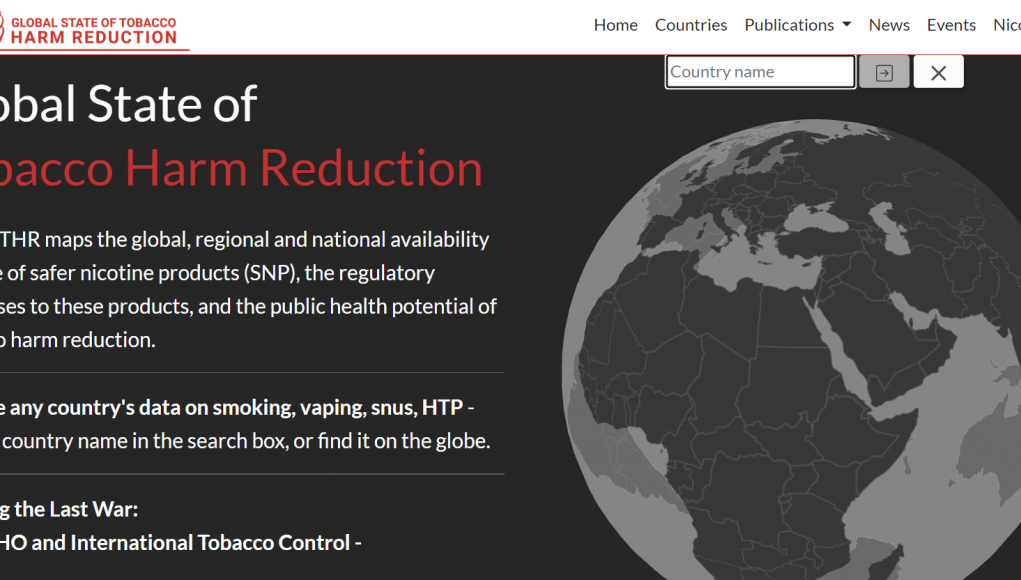Discussing the findings, GSTHR data scientist Tomasz Jerzyński highlighted the increased vaping rates in specific regions. “As well as the substantial growth in the number of vapers globally, our research shows there has been rapid uptake of nicotine vaping products in some countries in Europe and in North America. This increase is particularly significant, because in most markets, these products have been available for only a decade.”
The report revealed that the largest vape market is the US at $10.3 billion, followed by Western Europe ($6.6 billion), Asia Pacific ($4.4 billion) and Eastern Europe ($1.6 billion). Addressing the importance of this research, KAC Director and Emeritus Professor at Imperial College London, Professor Gerry Stimson, said that when taking into account all the propaganda and efforts against vaping, these figures are very encouraging.
“As this updated data from the Global State of Tobacco Harm Reduction shows, consumers find nicotine vaping products attractive and are switching to using them in increasing numbers worldwide. This is in spite of prohibitive policies in many countries who follow the World Health Organization’s anti-scientific stance against tobacco harm reduction, thanks to Michael Bloomberg’s billions and his personal zeal for a war on nicotine.”
England’s successful tobacco harm reduction strategy
In England, where the Briefing Paper was launched last week, tobacco harm reduction has been playing a key role in decreasing smoking rates, can could be significant in the country achieving its smoke-free ambition. “Vapes are the most popular way to stop smoking,[3] with 3.6 million people vaping in Great Britain, of whom 2.4 million have completely quit combustible cigarettes.[4] But tobacco is still the single largest cause of preventable mortality in England with nearly 75,000 smokers dying from smoking in 2019 [5] and figures show nearly one in 10 pregnant women are smoking at the time of delivery,” reads a KAC press release.
Director of K•A•C and Emeritus Professor at Imperial College London, Professor Gerry Stimson, added that by including the widest range of tobacco harm reduction products possible, ending smoking is made possible. “An end to smoking is possible – but the widest range of harm reduction products, from nicotine vapes and heated tobacco products to non-tobacco nicotine pouches and Swedish-style snus, should be available, accessible, appropriate and affordable to all. Strong government support is also needed to ensure access for marginal and vulnerable groups. The gains will be evident in the lives saved and the communities protected. Crucially, tobacco harm reduction is an extremely low cost yet effective strategy – a rare example of a health intervention that doesn’t require significant government expenditure, as consumers bear the cost. An end to smoking is possible – and tobacco harm reduction is the key.”
New GSTHR Report: Fighting The Last War: The WHO and International Tobacco Control












